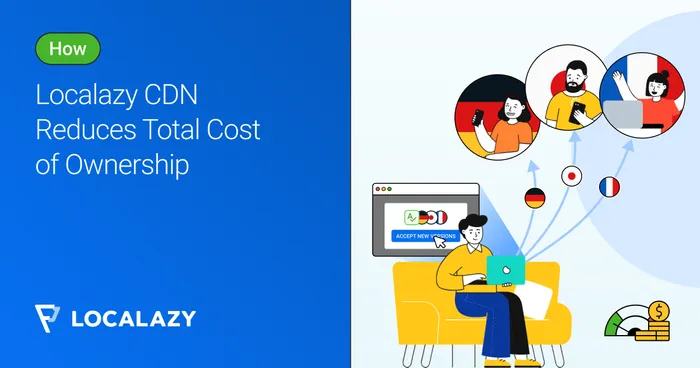Total Cost of Ownership (TCO)
TCO is an estimation of the total expenses associated with purchasing, deploying, using and retiring a product.
Total Cost of Ownership provides a comprehensive view of the direct and indirect costs over a product’s entire lifecycle. This concept is critical in IT, manufacturing, digital business, and more, guiding decisions around purchases and asset management.
The TCO analysis includes several components: #️⃣
- Initial Purchase Price: Covers the acquisition cost, including the price of the product itself, delivery, and installation fees.
- Software and Hardware Expenses: The cost of digital tools and physical devices needed to run operations.
- Operational Costs: Day-to-day ongoing expenses for using and maintaining the product, such as energy consumption, routine maintenance, and software updates.
- Human Resources: Often overlooked, this includes the cost of hiring, training, and retaining staff needed to manage, operate, and innovate within digital platforms and services.
- Support and Maintenance: Expenses for technical support, repairs, and part replacements throughout the product’s life.
- Downtime Costs: Financial impact associated with any period when the product is not operational, affecting productivity or sales.
- End of Life: Costs related to decommissioning or disposing of the product and transitioning to a new solution.
Benefits of TCO Analysis: #️⃣
- Informed Decision-Making: Offers a view of expenses, beyond the purchase price, aiding in smarter purchasing decisions.
- Budgeting Accuracy: Enables precise budgeting by accounting for all potential costs.
- Cost Reduction: Highlights opportunities to minimize expenses through efficient operation practices, selecting cost-effective products, or choosing reliable equipment to lessen downtime.
- Value Assessment: Assesses the true investment value by weighing operational efficiency, reliability, and total costs against alternatives.
The concept of TCO, while appearing complex, essentially captures all expanses related to acquiring, utilizing, and eventually retiring a product or service. In the realm of localization, for instance, TCO transcends mere translation upfront costs to encompass ongoing updates and scaling expenses.
This comprehensive approach ensures that organizations fully grasp the financial implications of their investments, aligning them with strategic goals and budgetary limitations.
